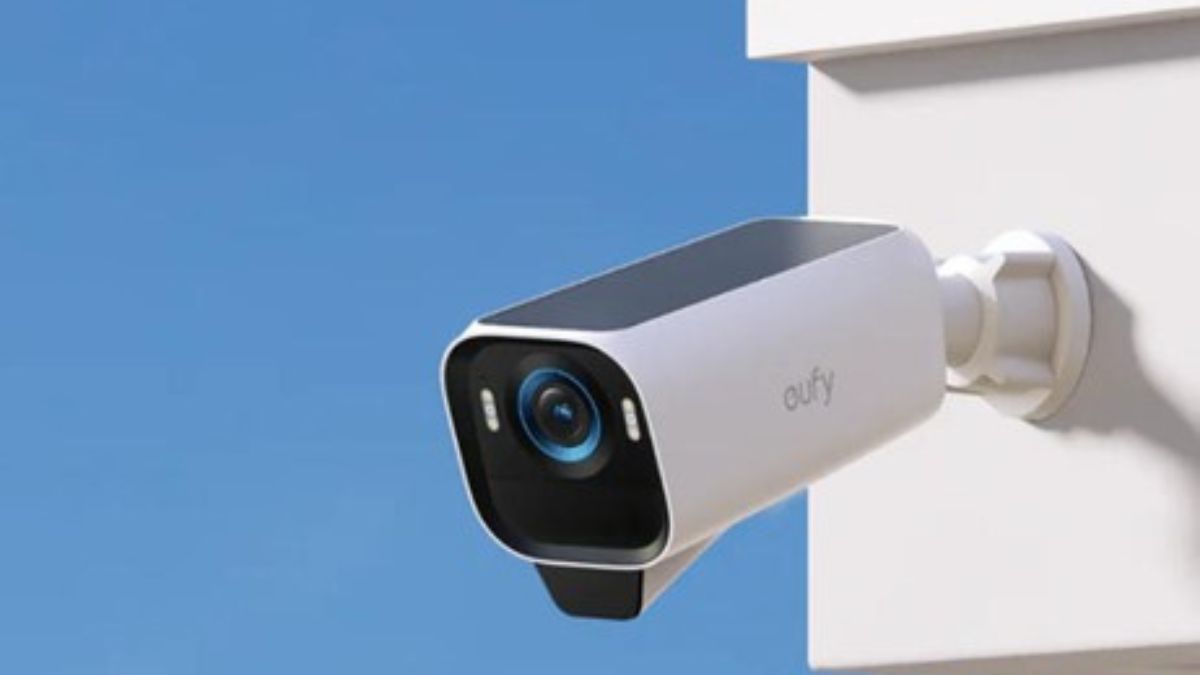In a world obsessed with communication, it’s the messages we never send that haunt us the most. That long paragraph typed out in the middle of the night. That confession of love. That apology years overdue. Those moments of vulnerability we bottle up instead of release.
What if there were a place to send those unsent words?
There is—and it’s called the Unsent Project.
What started as a digital art installation has transformed into one of the most emotionally raw and technologically intriguing archives on the internet. With over 5 million submissions, it’s a testimony not just to heartbreak, but to the power of digital space to hold our most private truths.
Let’s explore how the Unsent Project blends technology, anonymity, emotion, and creative expression, and what it tells us about the future of digital storytelling.
1. What Is the Unsent Project?
Created by artist Rora Blue, the Unsent Project is an online platform where people from around the world can submit messages they’ve never sent—usually to someone they once loved.
Each message begins with the name of the recipient and often includes:
-
A heartfelt confession
-
An apology
-
A rant
-
A thank you
-
A goodbye
What makes it unique is that users also choose a color they associate with the person they’re writing to.
This combination of text + color + anonymity creates a digital mosaic of human experience. It’s deeply personal yet universal—technology as catharsis.
2. The Tech Behind the Tears: How the Platform Works
The Unsent Project may feel poetic, but it’s powered by a simple but thoughtful digital architecture.
🌐 Web-Based Submissions
Users visit the website, type their message, choose a color, and click submit. No login. No account. Just raw honesty.
🧠 Tagging and Search
You can search by name, emotion, or color, allowing users to explore recurring themes or even see what people named “Jordan” or “Emily” have inspired.
🎨 Color Filtering
Colors are more than just aesthetics. They visualize emotion, creating a spectrum of heartbreak, hope, and nostalgia.
🔄 Dynamic Content Feed
Every time the page loads, new messages appear, creating a living, breathing emotional timeline updated in real time.
Behind the scenes, this requires smart content moderation tools, databases, and front-end frameworks that prioritize speed and safety without ruining the intimate tone.
3. Why People Are Drawn to It
We live in a hyper-connected age—yet so much remains unsaid.
Here’s why the Unsent Project resonates:
-
Anonymity = Honesty
People feel safer sharing their truth without consequence. -
Collective Catharsis
Reading others’ messages reminds us we’re not alone in our regrets or longings. -
Emotional Simplicity in a Noisy Web
No ads. No distractions. Just raw human emotion, uncluttered. -
Digital Memorials
Some messages are for people who have passed, turning the site into a virtual remembrance wall.
4. How It Reflects Modern Digital Behavior
The Unsent Project is more than an art piece. It’s a mirror of how we relate to technology emotionally.
-
Screens as Safe Spaces
For some, writing a message here feels easier than facing a therapist—or a person. -
Data as Art
Every message becomes part of a massive, anonymous database of human experience, shaped not by algorithms but by hearts. -
Micro-Storytelling
Each post is a micro-memoir. Short, sharp, and saturated with emotion. -
Emotional Metadata
Associating messages with colors taps into neuro-linguistic responses—a psychological design choice that enhances the connection.
5. The Psychology of the “Unsent”
Why do unsent messages matter?
❝ They’re frozen moments of honesty. ❞
Unsent messages are often the purest because they were never edited for impact. They’re the version you needed to say, not the one you should have.
❝ They represent closure that never came. ❞
The project becomes a safe space to let go—closure through creative expression, if not through conversation.
❝ They are therapy. ❞
For many, typing into that submission box is a release—a digital confession booth.
6. Digital Art Meets Digital Healing
The Unsent Project is a compelling example of how technology + art + anonymity = healing.
It proves that:
-
Online spaces can be sacred.
-
Data can be soulful.
-
Platforms don’t need to be profit-driven to be powerful.
In many ways, it’s the opposite of social media—no followers, no likes, no influencer filters. Just truth.
7. Community Without Comment Sections
One of the most fascinating things about the Unsent Project is what’s not there.
-
No likes.
-
No replies.
-
No comments.
And yet, it’s one of the most emotionally engaged platforms online.
This proves that connection doesn’t always require interaction—sometimes, it’s enough to be seen or to see others.
8. The Role of Color: Visualizing Emotional Data
Each message is paired with a color chosen by the sender to represent the person they’re writing to.
Some insights:
-
Blue is the most used—often representing sadness, calm, or distance.
-
Red often reflects passion, anger, or urgency.
-
Yellow and green tend to be used for friends or moments of peace.
This color-coded system creates a visual database of emotion. It turns the internet into something more feeling-oriented, more tactile.
9. The Future of Projects Like This
The Unsent Project is already a viral, ongoing phenomenon. But it points toward a future where:
-
Therapeutic tech tools support mental health via expression.
-
Artistic platforms offer community without social comparison.
-
Big Data projects visualize human emotion, not just clicks and scrolls.
Imagine integrating tools like AI sentiment analysis, emotion-tagging, or memory timelines that evolve with you.
The Unsent Project is just the beginning of emotional tech.
10. How to Participate or Reflect
Want to join? You can submit your own message on (or reflect on messages others have written).
Or, even more simply:
-
Write a message to someone you never sent one to.
-
Don’t send it. Just sit with it.
-
Then ask: What did I learn from writing this?
Sometimes, technology isn’t about reaching out. It’s about reaching in.
Conclusion: The Internet Has a Heart—And It’s on the Unsent Project
We often hear that the internet is cold, toxic, and divisive. And yes, it can be. But projects like The Unsent Project remind us that digital spaces can also be safe, poetic, deeply human.
This isn’t a tech product. It’s a tech canvas—painted with loss, love, confusion, closure, and every messy emotion in between.
We may live in an age of constant communication, but it’s in the silences, the deletions, and the unsent drafts where some of the most powerful stories are hidden.
Thanks to technology, those stories finally have a home.
And that home is The Unsent Project.






